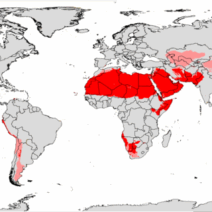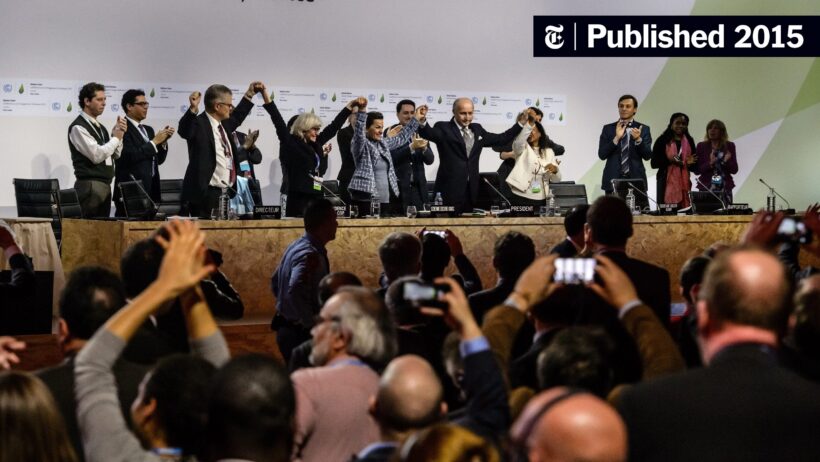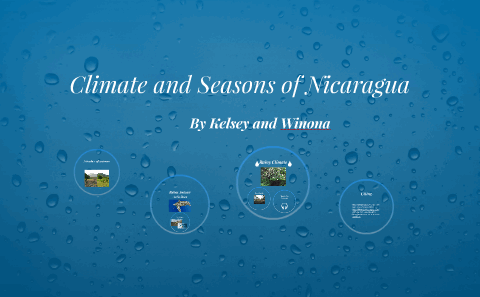The Paris Climate Agreement represents a pivotal moment in our collective struggle against climate change. But why is it so crucial for the future of our planet and its inhabitants? What would happen if the world didn’t unite under this monumental accord? This leads us to explore the multifaceted importance of the Paris Agreement, shedding light on its benefits, challenges, and potential consequences.
Fundamentally, the Paris Climate Agreement aims to limit global warming to well below 2 degrees Celsius above pre-industrial levels, with aspirations to restrict the temperature increase to 1.5 degrees Celsius. This target is essential because the scientific consensus indicates that exceeding these thresholds could trigger catastrophic environmental events, such as extreme weather, rising sea levels, and substantial biodiversity loss. Imagine a world where coastal cities are submerged and ecosystems are irreparably damaged. This is not a dystopian fantasy, but rather a potential reality if global temperatures continue to rise unabated.
The Agreement is underpinned by the principle of collective accountability. Unlike previous frameworks that imposed strict emissions targets without flexibility, the Paris Agreement allows nations to set their own goals, known as Nationally Determined Contributions (NDCs). This approach fosters inclusivity, encouraging countries to pledge commitments that align with their unique capabilities and circumstances. It invites a question: can diverse nations really work together towards a common goal, despite differing economic priorities? The answer lies in cooperative frameworks that value shared responsibility and mutual aid.
Furthermore, the ratification of the Paris Agreement signifies global recognition of climate change as a pressing, universal challenge. This collective acknowledgment galvanizes political will, leading to the adoption of innovative policies that mitigate greenhouse gas emissions. Nations are incentivized to transition towards renewable energy sources, exemplifying a revolutionary shift in energy paradigms. For instance, countries like Denmark and Germany have made formidable strides in integrating wind and solar power into their grids. Could these success stories inspire hesitant nations to follow suit, overcoming inertia in renewable energy adoption?
The financial mechanisms embedded within the Accord are equally critical. Developed nations committed to mobilizing $100 billion annually by 2020 to support developing countries in their climate efforts. This financial support is designed not only to aid adaptation and resilience initiatives but also to foster technological advancements and sustainable practices. However, ensuring these funds are effectively disbursed presents its own challenge: how can we guarantee that financial resources reach those who need them most, without succumbing to bureaucratic inefficiencies?
A potential roadblock emerges when we consider that ambitious climate goals necessitate extensive technological investment and innovation. This demand poses a challenge to both developed and developing nations. How can countries in economic turmoil prioritize investment in clean technologies? The answer lies in fostering partnerships that leverage resources, ideas, and expertise. Public-private collaborations can catalyze advancements, enabling innovation while mitigating financial burdens on governments.
Moreover, the Paris Agreement embodies the principle of equity. Recognizing that climate change disproportionately impacts the most vulnerable populations—who often contribute least to emissions—this principle obligates wealthier nations to lead by example and support adaptation efforts. Ignoring this disparity leads to social unrest, exacerbating inequalities and sparking conflicts. Thus, accomplishing the goals of the Paris Agreement transcends environmental preservation; it also entails promoting social justice and enhancing global stability.
As nations refine their commitments and ramp up their climate ambitions, the implementation of stringent policies becomes vital. These policies must be continually assessed and improved, fostering a culture of accountability and transparency. One such challenge here lies in the political landscape: how can we navigate partisan divides that often inhibit progressive climate policies? Engaging with diverse stakeholders—including businesses, civil society, and grassroots organizations—can forge a united front that demands action across political lines. In this context, climate activism plays a quintessential role in marrying public sentiment with policy changes.
The Paris Agreement also serves as a catalyst for climate diplomacy, fostering dialogue and collaboration between countries. It highlights the importance of international relations in addressing global challenges. By creating platforms for negotiation and shared learning, nations can exchange strategies and best practices. This diplomatic engagement has the potential for profound ripple effects, influencing legislation and inspiring grassroots movements worldwide. Nevertheless, it begs the question: can countries overcome historical animosities and forge collaborative relationships for a sustainable future?
Importantly, the Paris Climate Agreement is not a panacea. Its efficacy is contingent upon constant commitment and proactive measures. If nations disregard their pledges or fail to scale up their efforts, the entire framework collapses. This precarious situation underscores the necessity of public awareness and activism; individuals and communities must be empowered to hold their governments accountable. We must ask ourselves, can we remain passive observers, or will we rise to demand urgent, systemic change?
The future of our planet hinges on our ability to embrace the ideals embodied in the Paris Climate Agreement. From equitable resource distribution to innovative technological advancements, this accord poses both opportunities and challenges. It demands the collaboration of disparate nations, the engagement of energetic citizens, and a commitment to transformative policies. The question remains: will we rise to the occasion and take the necessary steps to safeguard our planet for future generations? The stakes could not be higher.








